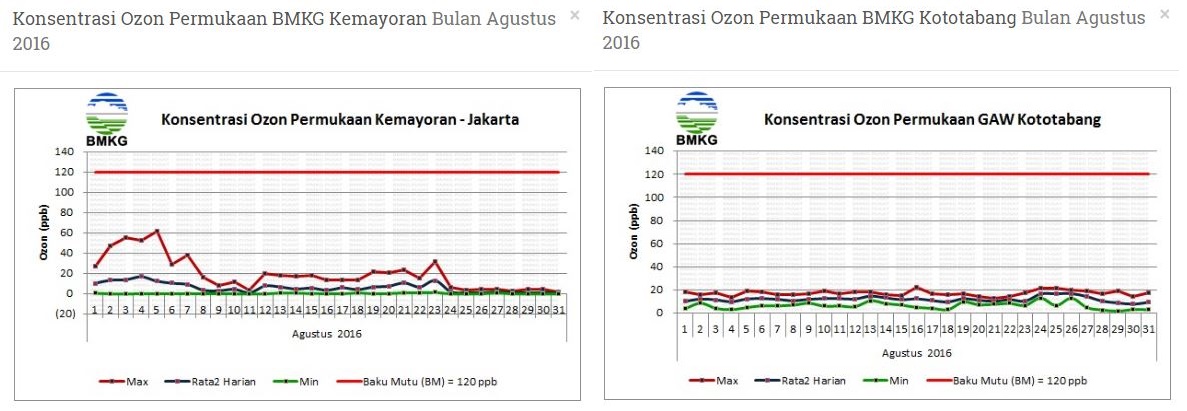
Uploaded on 2017-03-12 by Tri Emil Alim
2. Which are the main UHI effects that you can identify in your area? The screenshot I took is from Indonesian Meteororogical, Climatological, and Geophysical Agency official website. Unfortunately, they only have two censors for ozone throughout Indonesia, one is in the most rural area of Indonesia which is Kemayoran, Jakarta. And the other one is on a non-rural area which is Kototabang (near Padang), Sumatra. The statistics shows the same thing as what happened to the US, that rural area is hotter than its surrounding areas. The reasons that contribute to the UHI of Jakarta is mainly the concrete roads, abundance of personal cars which leads to abundance of CO2, and a lot of buildings that uses glasses as their main surface materials which reflects sunlight to the streets. 3. Which are the measures you would propose? I would suggest to add lots of trees throughout the city. This will provide shades to the pedestrian, reduce CO2, and lower the UHI. The other solution is already taking place in Jakarta, which is making a great public transportation for the masses. MRT is under construction as we speak, and I believe this will reduce cars in the road, thus reducing CO2 and UHI. 4. Is UHI effect concerning policy making in your area? Yes it is. The MRT megaproject main goals is to reduce traffics and cars in the roads of Jakarta. Less cars means less CO2 and means lower UHI.